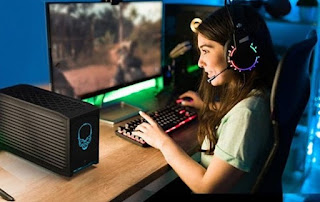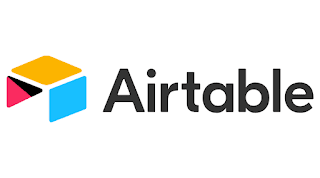Tech Companies Pull Out of CES 2022

Amazon (AMZN), Meta (FB), T-Mobile (TMUS), Twitter (TWTR) and Pinterest (PINS) confirmed that they no longer plan to attend CES in Las Vegas January 5-8, citing health concerns over the recent spike in Covid-19 cases. "The health and safety of our employees is our top priority. Due to the quickly shifting situation and uncertainty around the Omicron variant, we will no longer have an on-site presence at CES," Amazon spokesperson Sarah Sobolewski said in a statement. "Out of an abundance of caution and care for our employees, we won't be attending CES in-person due to the evolving public health concerns related to COVID-19," Kamran Mumtaz, a spokesperson for Meta, the company formerly known as Facebook, said in a statement. "We will participate virtually as much as possible and continue to collaborate with the CTA around CES, which remains an important event for Meta, our clients and industry partners," Mumtaz added, referring to the Consumer Techno











